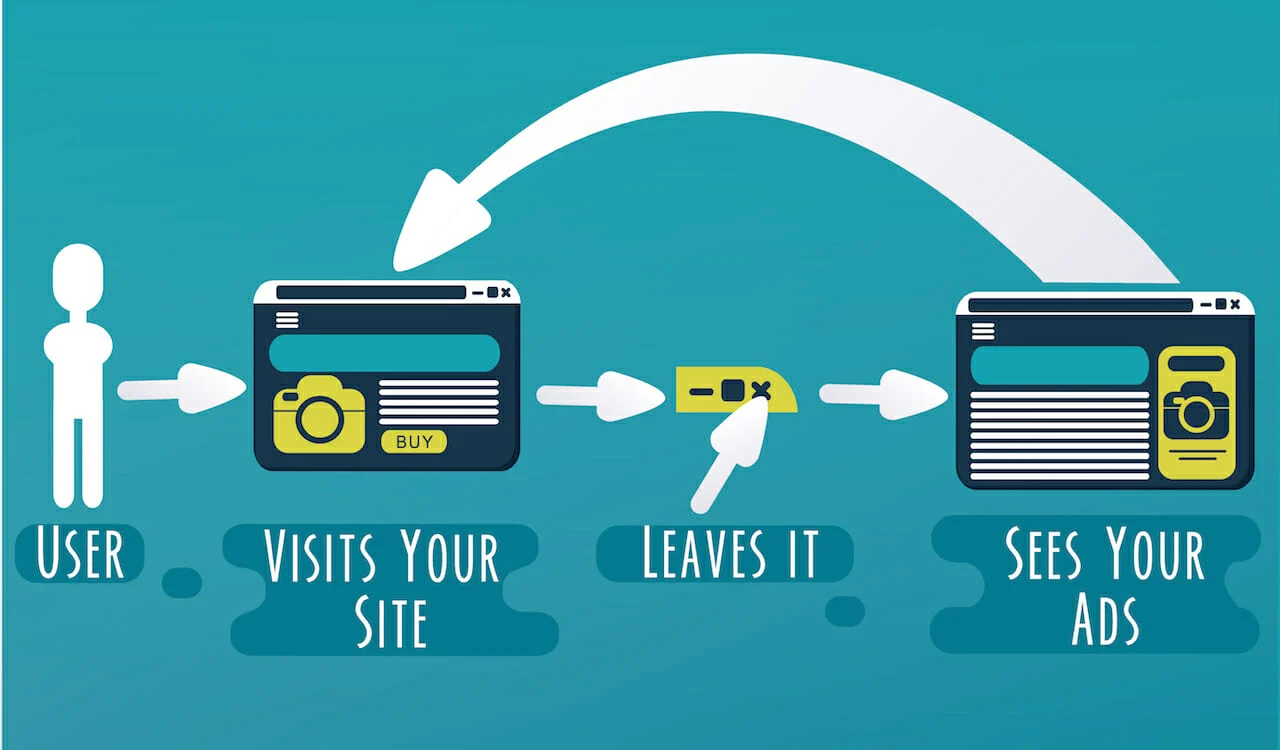Retargeting is one of the most powerful tools for digital marketers to engage users who have already interacted with your brand. Facebook (Meta) Ads offers robust features to help you track and target these users effectively. This guide explains how to set up, track, and optimize retargeting audiences for your campaigns.
What is Retargeting in Facebook Ads?
Retargeting is a marketing strategy that re-engages users who have already shown interest in your products or services. With Facebook’s advanced targeting options, you can create custom audiences based on user actions, such as visiting your website, engaging with your app, or interacting with your Facebook page.
Why is Retargeting Important?
- Higher Conversion Rates: Retargeted users are more likely to convert because they already know your brand.
- Cost Efficiency: By focusing on warm leads, you reduce the cost per acquisition (CPA).
- Personalized Marketing: Retargeting allows you to deliver more relevant ads, improving the user experience and engagement.
Step-by-Step Guide to Track Retargeting Audience in Facebook Ads
1. Set Up the Facebook Pixel
The Facebook Pixel is a small snippet of code that you install on your website. It tracks user behavior and helps you create custom audiences for retargeting.
Steps to Set Up the Pixel:
- Go to your Meta Ads Manager.
- Navigate to the “Events Manager.”
- Click on “Connect Data Sources” and select “Web.”
- Follow the instructions to generate your Pixel code.
- Install the Pixel code on your website’s header or use a tag manager like Google Tag Manager.
2. Define Custom Audiences
Custom audiences allow you to target users based on specific actions they have taken. For example, you can create an audience of users who:
- Visited specific pages.
- Spent a certain amount of time on your site.
- Added products to their cart but didn’t complete the purchase.
Steps to Create a Custom Audience:
- In Meta Ads Manager, click on “Audiences.”
- Select “Create Audience” and then “Custom Audience.”
- Choose your data source (e.g., website, app, or engagement).
- Define the audience criteria (e.g., URL contains “/checkout” for cart abandoners).
3. Use Lookalike Audiences for Expansion
Once you’ve created a custom audience, you can use it to create a lookalike audience. This helps you find new users who share similar characteristics with your retargeted audience.
Steps to Create a Lookalike Audience:
- Go to “Audiences” in Ads Manager.
- Click “Create Audience” and select “Lookalike Audience.”
- Choose your custom audience as the source.
- Select the location and audience size (e.g., 1% for highly similar users).
4. Track Performance
Tracking your retargeting campaigns is essential to measure success and optimize for better results.
Key Metrics to Monitor:
- Click-Through Rate (CTR): Indicates the relevance of your ads.
- Conversion Rate: Measures how effectively your retargeting converts users.
- Cost Per Result: Helps you assess the cost-efficiency of your campaigns.
Use the “Ad Reporting” section in Meta Ads Manager to analyze these metrics and adjust your strategy accordingly.
5. Leverage Dynamic Ads
Dynamic ads automatically show relevant products to users based on their behavior, such as viewing or adding products to their cart.
Steps to Set Up Dynamic Ads:
- Upload your product catalog to Meta Business Manager.
- Create a retargeting campaign and select “Catalog Sales” as your objective.
- Customize your ad templates to dynamically display products.
Best Practices for Retargeting on Facebook
- Segment Your Audiences: Divide your retargeting audiences into smaller groups (e.g., cart abandoners, page visitors) for personalized messaging.
- Frequency Capping: Limit how often users see your ads to avoid ad fatigue.
- A/B Testing: Experiment with different ad creatives, copy, and offers to identify what works best.
- Set Time Windows: Use specific timeframes (e.g., 7 days, 30 days) to target users based on recency.
Conclusion
Tracking and targeting retargeting audiences on Facebook (Meta) Ads can significantly boost your marketing ROI. By using tools like the Facebook Pixel, custom audiences, and dynamic ads, you can create tailored campaigns that resonate with your audience. Remember to continuously monitor and optimize your campaigns to achieve the best results.
Start leveraging retargeting today to engage your audience effectively and grow your business!
